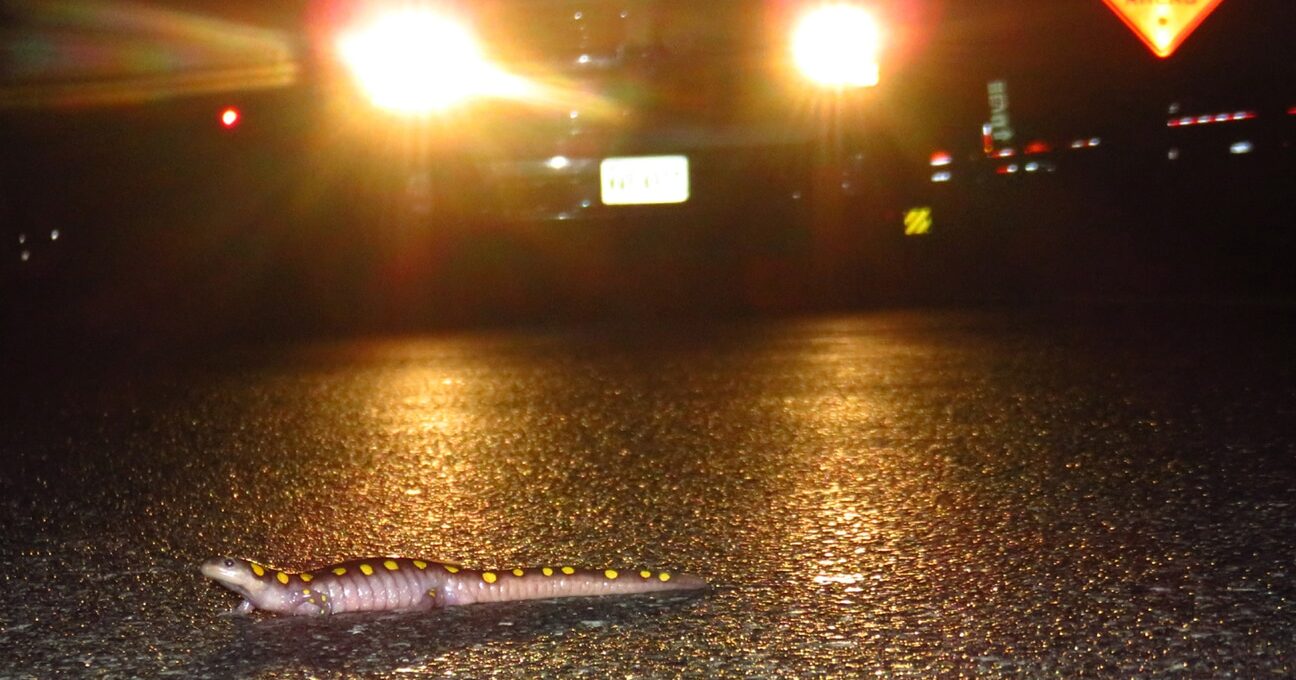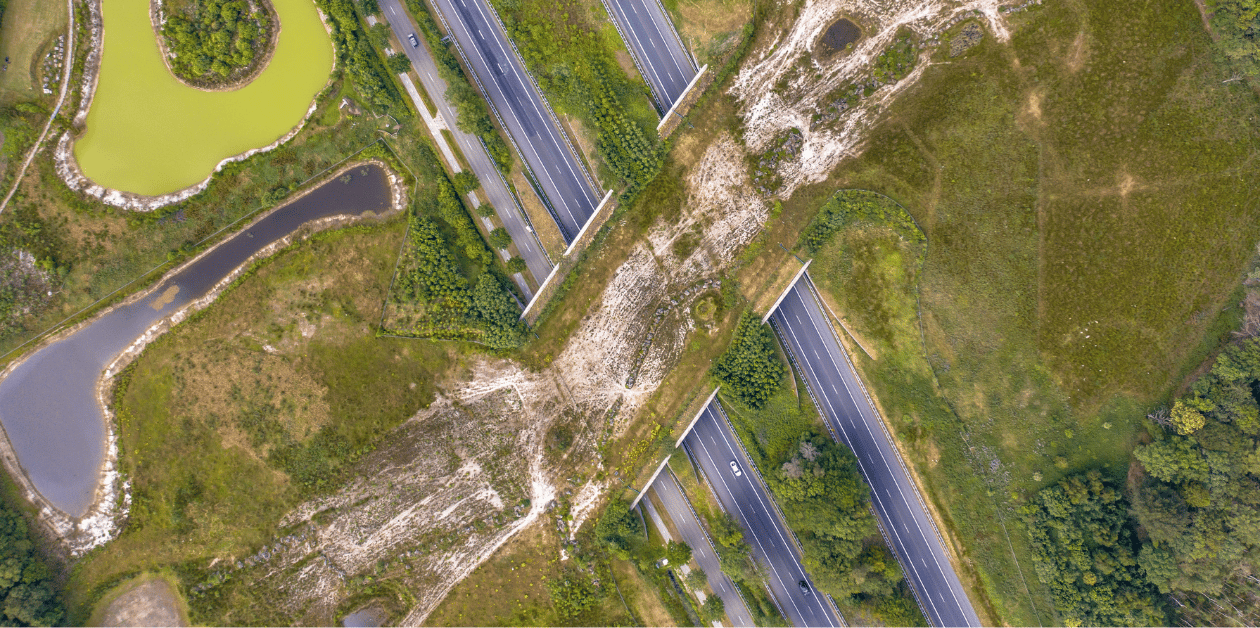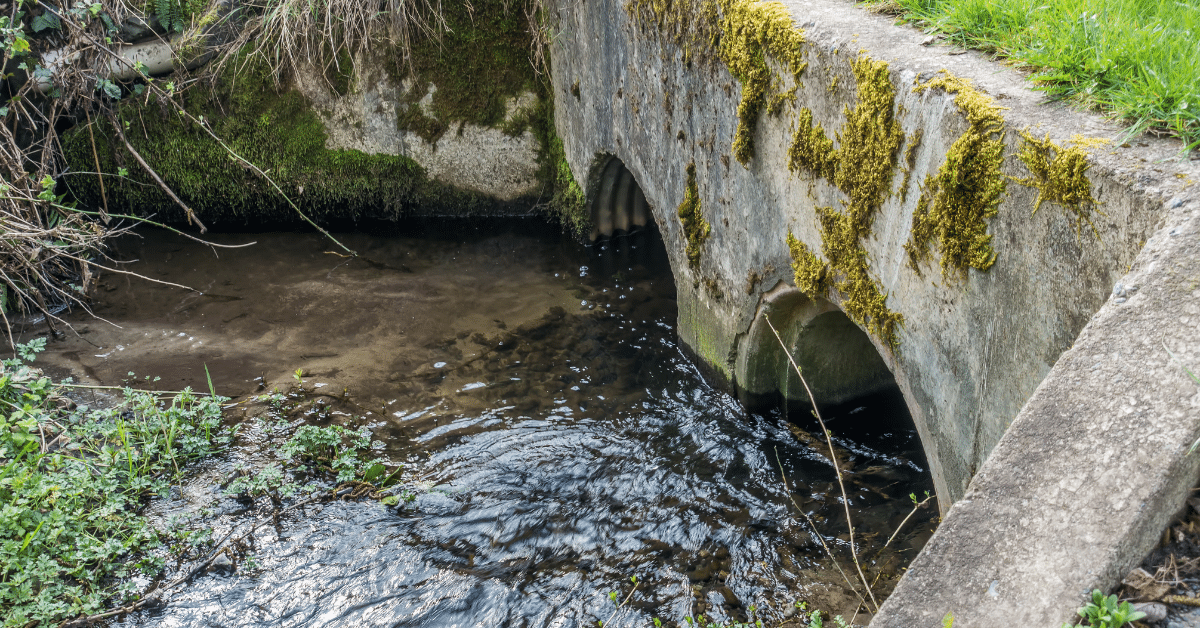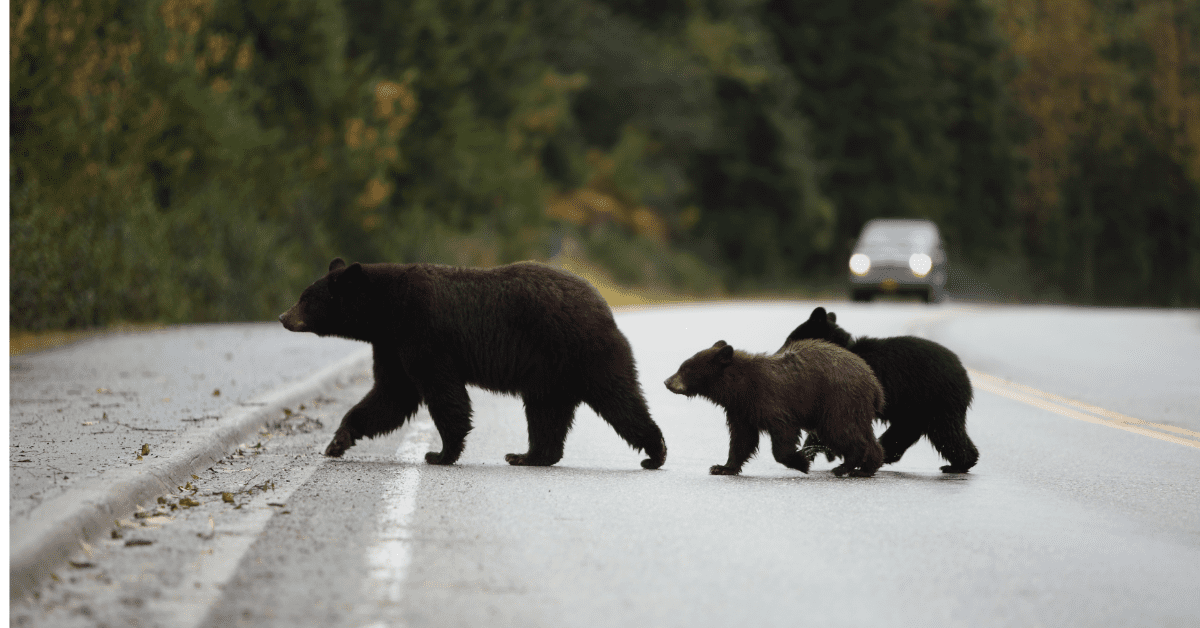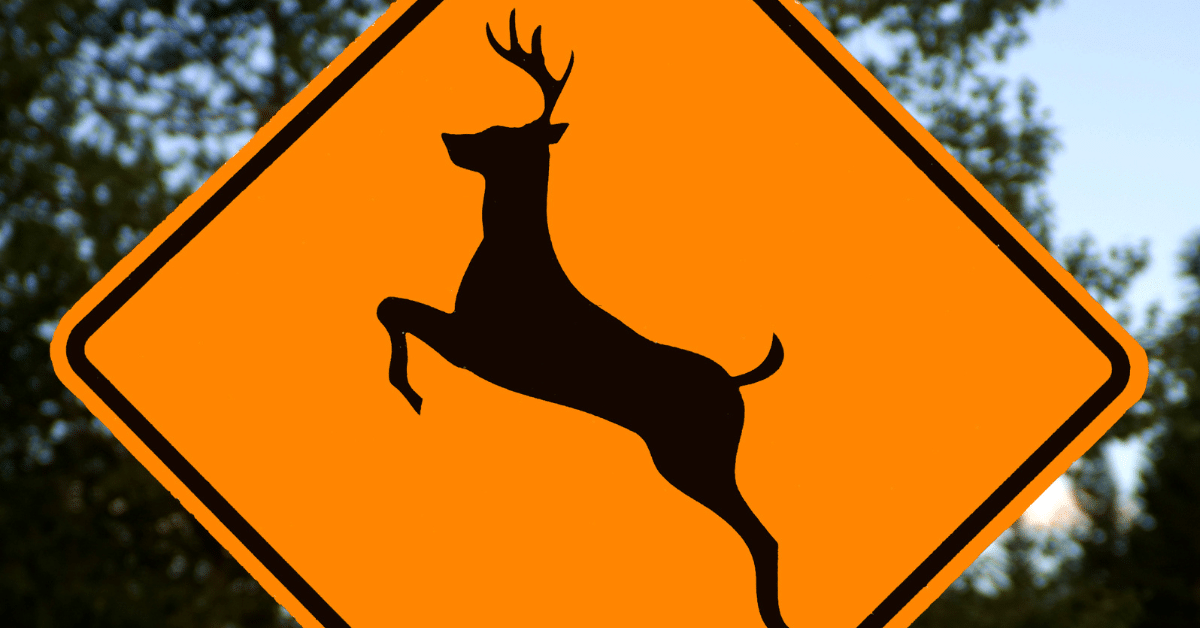
Watch for Wildlife: Virginia Animals on the Move This Fall
As summer fades and the crisp air of fall settles in, Virginia’s wildlife gets busy — and that means more animals are crossing roads. Whether you’re commuting to work or heading out to enjoy fall foliage, it’s important to stay alert behind the wheel. Fall is a peak season for wildlife-vehicle collisions in Virginia, and… Read more

